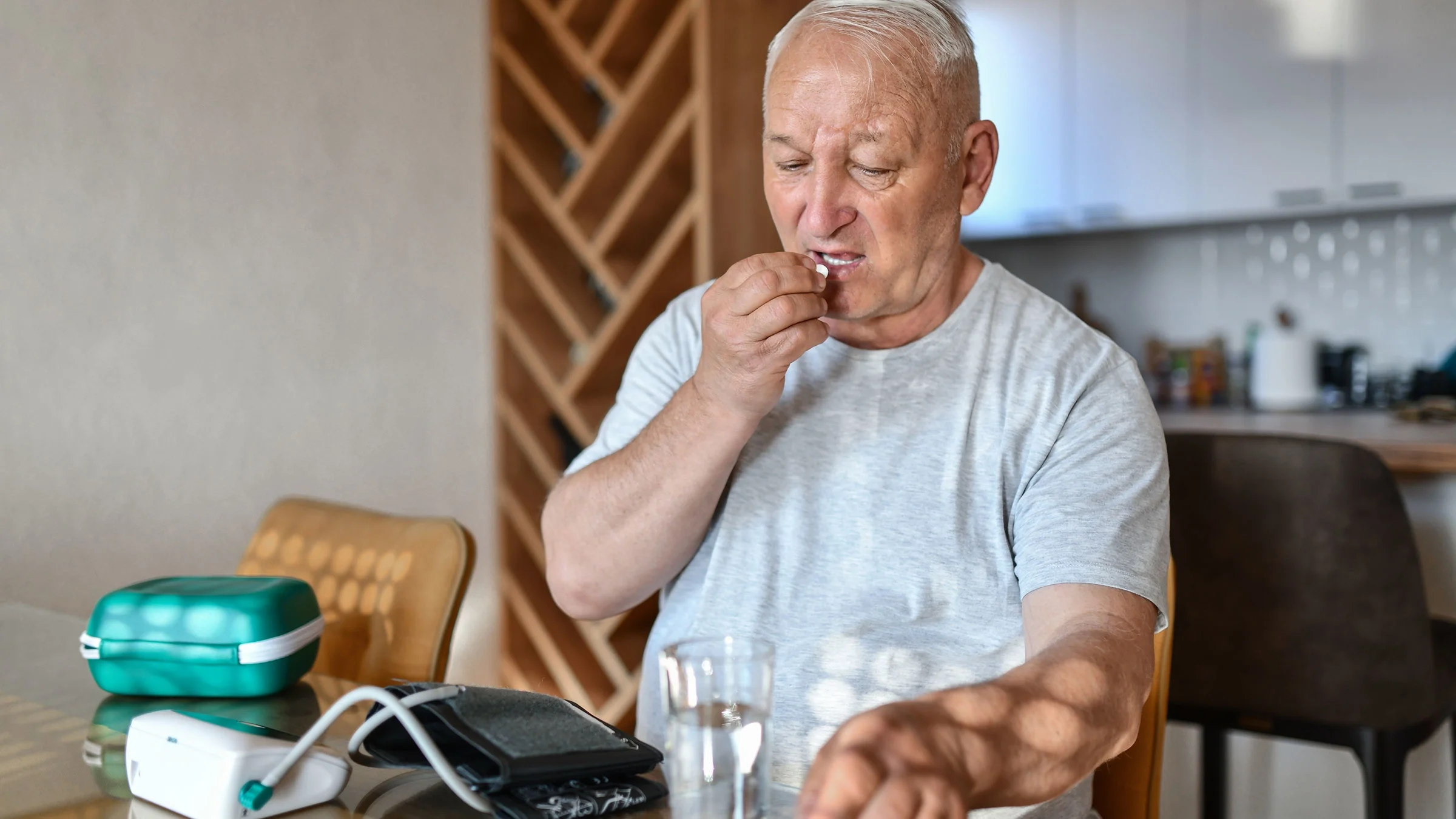Jaundice, characterized by a yellowish discoloration of the skin and mucous membranes, is a common condition that affects individuals of all ages. It is primarily caused by an elevation in bilirubin levels, which can be either direct (conjugated) or indirect (unconjugated). Understanding the difference between these two types of bilirubin is crucial for effective management of jaundice symptoms. In this comprehensive overview, we will delve into the specifics of direct bilirubin, its implications for health, and strategies for managing jaundice symptoms associated with elevated direct bilirubin levels.
Understanding Direct Bilirubin
Bilirubin is a yellow compound that occurs in the normal catabolic pathway that breaks down heme in red blood cells. The liver plays a pivotal role in processing bilirubin, converting it from its insoluble (indirect) form to a soluble (direct) form, which can then be excreted into the bile and eventually into the intestine. Direct bilirubin is also known as conjugated bilirubin because it has been conjugated with glucuronic acid in the liver, making it water-soluble.
Elevations in direct bilirubin levels typically indicate a problem with the liver cells or the bile ducts, such as hepatitis, cirrhosis, or bile duct obstruction. This condition can lead to the accumulation of direct bilirubin in the blood, causing jaundice among other symptoms.
Causes of Elevated Direct Bilirubin
Several conditions can lead to an increase in direct bilirubin levels, including but not limited to:
- Hepatitis: Inflammation of the liver, which can be caused by viral infections, alcohol use, or other factors, can impair the liver’s ability to process bilirubin.
- Cirrhosis: Scarring of the liver, often a result of long-term liver damage, can affect liver function and lead to elevated direct bilirubin levels.
- Bile Duct Obstruction: Blockages in the bile ducts, which can be due to gallstones, tumors, or inflammatory conditions, prevent bilirubin from moving into the intestine and can cause its levels to rise in the blood.
- Drug-induced Liver Injury: Certain medications can cause liver injury, leading to elevated direct bilirubin levels.
Symptoms of Elevated Direct Bilirubin
The most noticeable symptom of elevated direct bilirubin is jaundice, which gives the skin and the whites of the eyes a yellow appearance. Other symptoms may include:
- Dark Urine: The urine may become darker due to the presence of bilirubin.
- Pale Stools: Stools may appear pale or clay-colored because bilirubin is not reaching the intestines.
- Itching (Pruritus): Elevated bilirubin levels can cause itching sensations all over the body.
- Fatigue: Individuals may feel weak or tired due to the underlying liver condition.
Managing Jaundice Symptoms Associated with Elevated Direct Bilirubin
Management of jaundice due to elevated direct bilirubin involves addressing the underlying cause and relieving symptoms. Here are some strategies:
- Medical Treatment: Depending on the cause, medication may be prescribed to treat the underlying condition. For example, antiviral drugs for hepatitis, or medication to dissolve gallstones.
- Surgery: In cases of bile duct obstruction, surgical intervention may be necessary to remove the blockage.
- Lifestyle Changes: Maintaining a healthy diet, avoiding alcohol, and managing weight can help support liver health.
- Symptomatic Relief: For symptoms like itching, certain medications or creams may be prescribed to provide relief.
Prevention
Preventing liver conditions that lead to elevated direct bilirubin involves a combination of lifestyle choices and preventive measures:
- Vaccination: Getting vaccinated against hepatitis A and B can prevent these infections.
- Safe Sex Practices: Practicing safe sex can reduce the risk of viral hepatitis transmission.
- Avoiding Excess Alcohol: Limiting alcohol consumption can reduce the risk of liver damage.
- Healthy Diet: Eating a balanced diet that supports liver health can be beneficial.
Conclusion
Elevated direct bilirubin levels indicate a liver or bile duct issue, which can manifest as jaundice among other symptoms. Understanding the causes, recognizing the symptoms, and implementing appropriate management strategies are crucial for effectively addressing jaundice and preventing further liver damage. By combining medical treatment with lifestyle changes and preventive measures, individuals can manage jaundice symptoms associated with elevated direct bilirubin and support overall liver health.
What are the primary causes of elevated direct bilirubin levels?
+The primary causes of elevated direct bilirubin levels include liver diseases such as hepatitis and cirrhosis, and bile duct obstructions. These conditions impair the liver’s ability to process bilirubin or block the flow of bile into the intestine.
How is jaundice due to elevated direct bilirubin managed?
+Management of jaundice due to elevated direct bilirubin involves treating the underlying cause, which may include medication for liver diseases or surgery to remove bile duct obstructions. Symptomatic relief, such as medication for itching, may also be provided.
Can elevated direct bilirubin levels be prevented?
+While not all causes of elevated direct bilirubin can be prevented, certain preventive measures can reduce the risk of liver diseases. These include getting vaccinated against hepatitis A and B, practicing safe sex, avoiding excess alcohol consumption, and maintaining a healthy diet.



